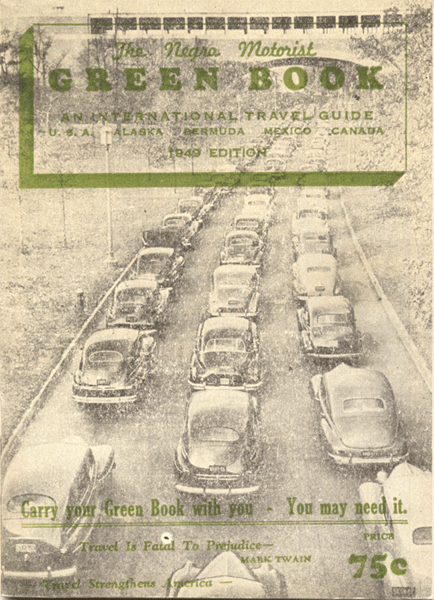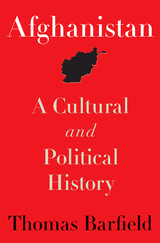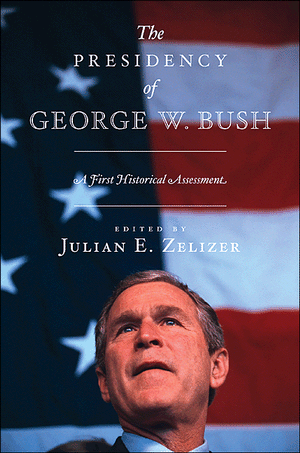
[This prize competition is not limited to historians of property and casualty insurance, much less legal historians, but if any are out there, here's your chance.]
Boston College Law School is soliciting papers for the 2010-2011 Liberty Mutual Prize, awarded each year for an exceptional article written during the submission season on the law of property and casualty insurance, its regulation and corporate governance.
Prize: Liberty Mutual Insurance Group created this competition to encourage and recognize legal scholarship in the area of property and casualty insurance law. The winning entrant will receive $5,000. If not already committed to another journal, the prize winning paper will also receive an offer of publication from the
Boston College Law Review. (Receipt of the prize does not obligate the author to publish with the
Review, however.)
Eligibility: Authors should possess a J.D. degree or its overseas equivalent. Papers must concern the law related to property and casualty insurance, its regulation and corporate governance. The prize is not intended to advance scholarship in areas such as life, health, employment or employee benefits insurance law.
Judging: Each entry will be judged by a panel of professors and attorneys having particular expertise in the insurance law field, including the eventual holder of the Liberty Mutual Professorship at Boston College Law School. The panel will evaluate submissions on the basis of quality of analysis, originality, thoroughness of research, creativity, and clarity of thought and expression.
Format: Submissions should be no more than 25,000 words in length (the equivalent of 50 law review pages) including text and footnotes, and contain an abstract of roughly 350 words. The article should conform to the Bluebook: A Uniform System of Citation (19th ed. 2010). Electronic submissions are preferred (in Word or PDF format, by direct email or through a distribution system such as ExpressO), but hard copies by mail are acceptable.
For electronic submissions:
(Preferred)
LibertyMutualPrize@bc.edu For mailed submissions:
Boston College Law Review
Attn: Liberty Mutual Competition
885 Centre Street
Newton Centre, MA 02459
Deadline: Papers may be submitted throughout the year, but by no later than February 1, 2011. If an outstanding submission meets the foregoing conditions, the judges will announce a winning entry by March 1, 2011.
Presentation: The author of the selected paper will be invited to present it at a special program held at Boston College Law School, at which time a representative of Liberty Mutual will present the prize money.
Inquiries: Contact John Gordon: gordonjo@bc.edu or 617-552-8557.
 Comment: James Henretta, Professor of History, University of Maryland
Comment: James Henretta, Professor of History, University of Maryland























